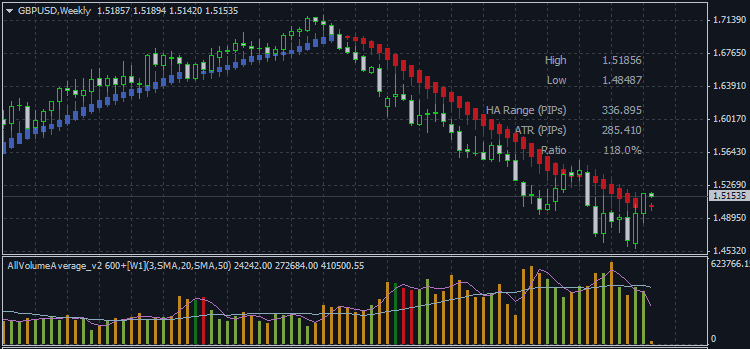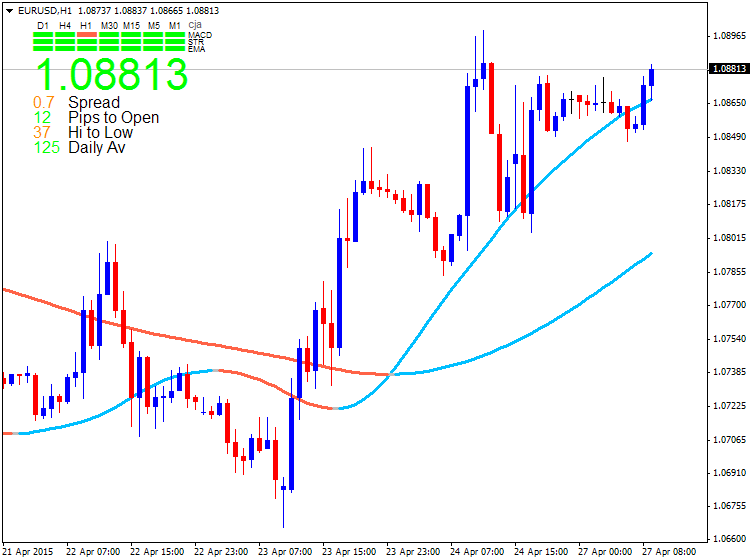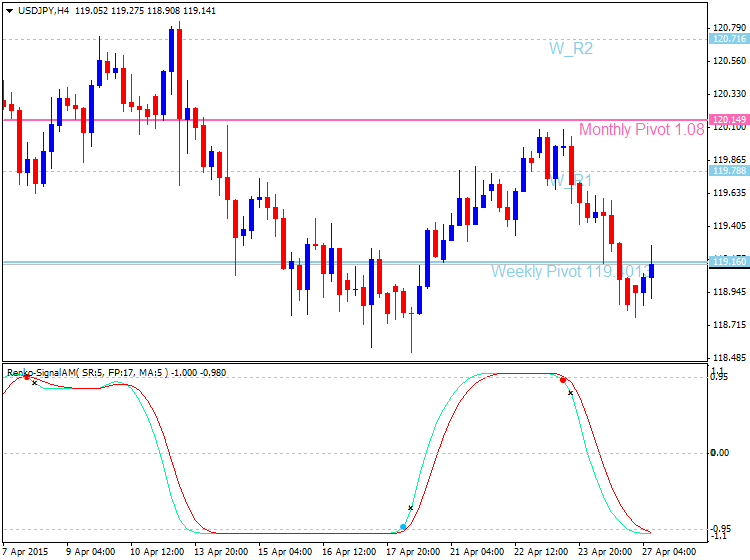
It is a good idea to never trade without a hard stop loss unless
you are using extremely small position sizes. This is an essential part
of controlling risk in Forex trading.
The stop loss may be made dynamic, as a way to lock in profits on a
trade that progresses profitably. However, the stop losses should only
ever be moved in the direction of reducing losses or locking in profit.
In this way, a trade that performs well will end up giving some profit.
This is also a good way to let a trade die a “natural” death, instead of
aiming for profit targets that can be very hard to predict.
One example of a dynamic stop loss is the trailing stop. This may be set
at a particular number of pips or based upon some measure of averaged
volatility. The latter option is the better choice.
Another example would be moving the stop loss level periodically so it is just beyond major highs or lows or other technical indications. The beauty of this is that the trade stays alive as long as it is going well. When a long trade starts to break down through key support levels, then this type of stop is hit and ends the trade. This method is a way of letting winners run, while cutting losers short.

Dynamic Take Profit
Many traders like to use them instead of
moving up the stops and letting a trade end that way, for the simple
reason that the latter method means you always give up some floating
profit. But why cut a winner short? You might think the price is only
going to level X but what if it steams ahead and keeps going? If you
make a list of your last one hundred trades, you will see that using some kind of trail on the stop would have
made you more profit overall than even your wisest application of take
profit orders ever did. Of course, if your trading style is very
short-term, take profit orders make more sense. Yet if you are trying to
let winners run for days, weeks, or even months, then do take profit
orders really do anything except pander to your fear and greed?

There is a possible compromise. You might want to use take dynamic take
profit levels set at places relatively far ahead of the current price,
which could be reached by a sudden news-driven spike, for example. This
could get you some nice profit on the spike, and allow you to re-enter
at a better price when the spike retreats. This is the most judicious
use of hard take profit orders within non-scalping trading styles.
You might also use soft take profit levels, if you are able to watch the
price make a very good, long “climax” candle. These can often be good
points for quick exits and re-entries as described above. Be warned
though, that this tactic requires real skill and experience to be
applied successfully in Forex trading, and is a worthless trail for more
novice traders to travel down.


